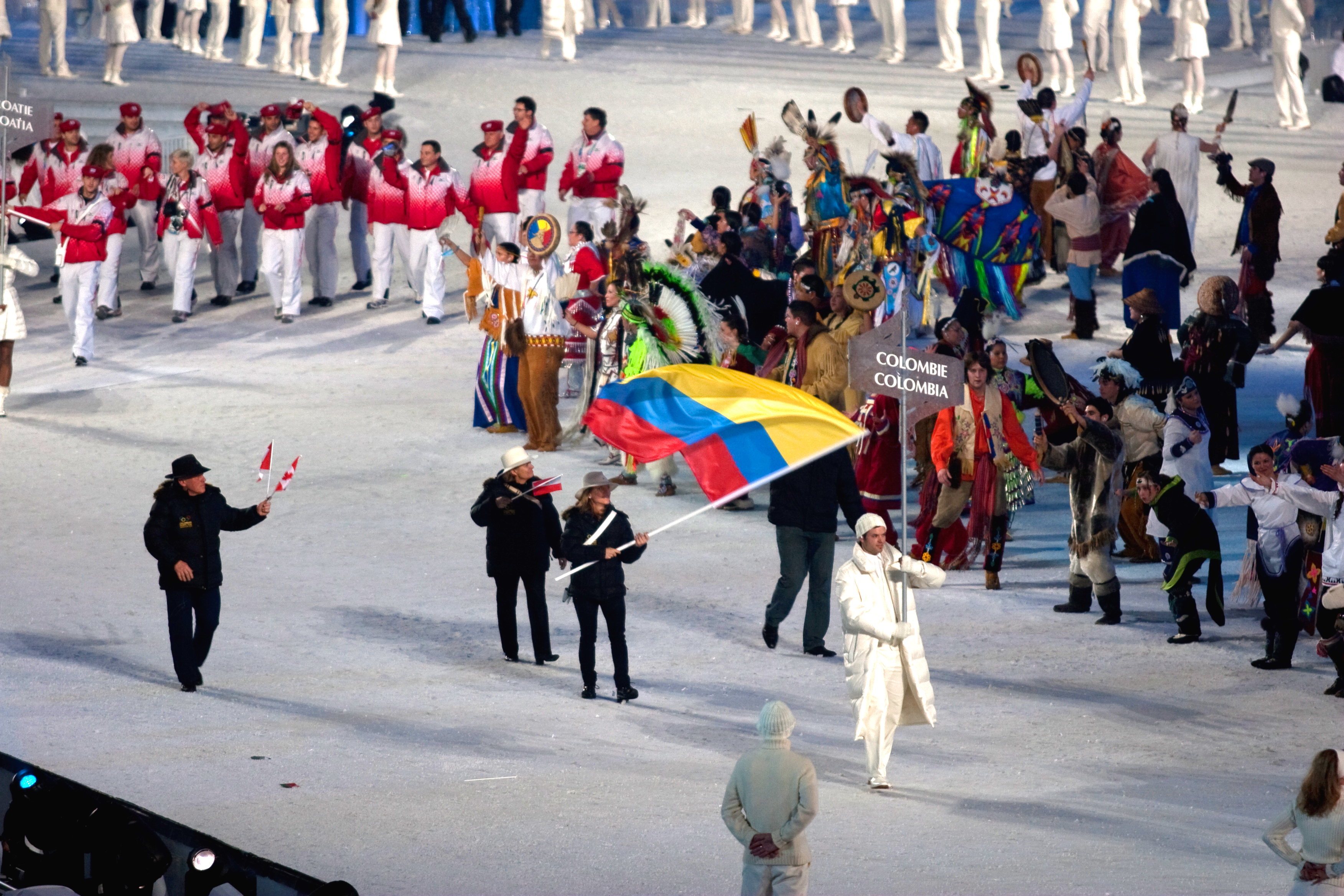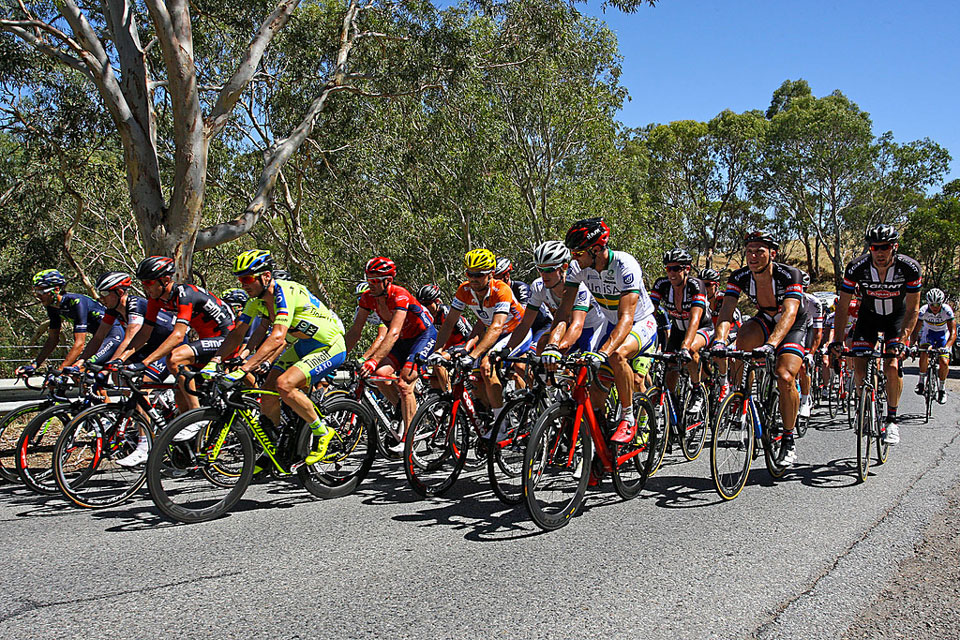
The club organised a taster day for the Anglo Colombian School from Bogotá.
Mike Ward heads out to the Embalse de Tominé and speaks to Bogotá rowing club who want to get people out on the water
Getting Involved
Frist session is free. After that 10 sessions cost COP$700,000. Concessions COP$350,000.
All you need to do is to contact Maurizio and he’ll organise everything you need. Call +57 319 275 2403 or email [email protected]. For more information, check out their website at www.bogotarowing.com.
Rowing, first practiced in Colombia by indigenous people, is coming back. Otherwise referred to as crew in the United States, the sport is probably most famously known worldwide for the annual Oxford-Cambridge boat race.
Its Bogotá base is on the shores of the idyllic Embalse de Tominé, an eighteen-kilometre long reservoir, just a forty-minute drive north of the city, traffic dependent. Based at the charming Club Náutico Muña, the Bogotá Rowing Club was formally established in 2015 and boasts 19 members, all at various stages of experience and skill. There are also seven boats of various sizes and stages of refurbishment, as well as two internationally trained and experienced coaches. The Bogotá Post paid the club a visit recently and met with the current president, Maurizio Tinnirello, as well as a number of the members.
Maurizio and his fiancée Danielle Costa, an accomplished rower in her own right, bring a compelling, almost infectious, passion for the sport. They founded the club in collaboration with local businessman and fellow rowing enthusiast, Hernando Ramírez.
The trio are united in their desire to see greater participation and involvement in the rowing club by Colombians. All act in various capacities, working to raise the profile of the sport, recruit new members, fix boats, and provide coaching sessions.
It’s catching on – there’s a growing group of members who are pleasantly surprised by the sport’s attractions, though it is most certainly not for the faint-hearted, as it requires physical effort and endurance.
One such member is Guillermo Macias, a guy who clearly loves rowing, having taken up the sport in September 2015. He has earned the nickname of “the go-to guy” at the club due to his willingness to participate especially when others have pulled out.
For this delightful yet quirky rower, it is all about friendship. “What I like most about rowing is the feeling of friendship between the rowers. To share everything, from getting the gear ready, rowing of course and feeling the way that trust grows within the team.”
Piedad Durán, meanwhile, was more serious and focused. Just one lesson short of the 10 lessons she requires for the club’s beginner’s level certification, she revealed why she loves rowing so much; “I enjoy this because I am competitive and the uniqueness of rowing makes me want to get better so that I can go faster and faster”. Watching Piedad efficiently operate a double scull boat with Danielle proved a highlight of our visit and aptly demonstrated the teamwork this sport encourages and thrives on.

The crew of the Bogotá Rowing School on the Embalse de Tominé.
Rowing is basically about getting the boat, also called a shell in the US, through the water as fast and as smoothly as possible. Rowers use oars known as blades and there are two types of competitive rowing: sweep (with one blade) or scull (with two blades). You can have between one and eight people in a boat. The trick is in applying force as efficiently as possible: the sport involves skill as well as strength and fitness.
A ‘stroke’ is both the person sitting at the stern of the boat, and the set of actions involved in putting the blades into the water, pulling them through and taking them out again.
The skill comes in getting the boat to balance and for everybody to move in unison – rowers strive for ‘the perfect stroke’ in which all the blades enter and leave the water at exactly the same time, the team move up and down the sliding seat together and the boat glides seemingly effortlessly through the water.
Rowing is both a recreational and a professional sport open to people of all ages, from 13 to 85 year-olds, while international governance of rowing is the responsibility of the International Rowing Federation (FISA), which provides regulation of the sport in 148 countries.
The Bogotá Rowing Club aims to make Colombia the 149th country to join FISA, while actively working to attract members both to their club and the sport itself. Their ongoing strategy involves inviting schools, universities, embassies and anyone else they can reach to attempt the sport, which is free to try out initially. Formal membership is open to all thereafter and involves a collaborative arrangement with the Club Náutico Muña, who are willing and gracious hosts. The reservoir currently provides a suitable home for the rowers as the water is free of contaminants that plague potential rowing venues in the city of Bogotá proper – and is easily accessible by public transport.
 The team building aspect of rowing is a key part of the activity. Photos: Maurizio Tinnirello A first-hand look inside the sportA gruelling start. Our guides, Maurizio and Danielle, expertly explain the finer points on the ground as our crew of four begins preparations to launch our vessel. None of us had met before this day and the intrepid adventurers comprised me (a Canadian), Frenchman Manuel Vega and two Colombians, Guillermo Macias from earlier, as well as Alejandro Fandiño who was also trying his hand for the first time. Maurizio called the shots from the coxswain seat. Unwrapping the tarpaulin from the fours boat, our crew quickly uncovered the easiest aspect of rowing. Picking up the boat and transporting it to the dock raised the stakes a little further, the edge of the gunwale biting into our shoulders, the first sign that this sport expected pain to be a companion on occasion. Rowing demands teamwork, not only while actually sculling or paddling on the water, but also getting the boat to the water. Carefully lowering the shell into the water, a lesson on placing the oars and entering the boat followed. Our crew was finally underway. Four main types of boat are used for rowing, namely the single, the double, the fours and the eights. The names indicate the numbers of rowers per boat, although the fours and eights have the interesting position of coxswain. This position is situated at the rear, or stern, of the boat, with steering and calling the strokes being the main functions of the cox. Keep your cox happy – why frustrate the person who controls where you are heading? Teamwork is crucial. Try pulling the oars in the wrong rhythm, getting stuck in the motion of the sliding seat or forgetting to stabilise the boat and you’ll find it a humbling experience. Rowers will tell you that the ultimate objective is to make the boat sing, a surreal quality that even the most experienced rowers only occasionally achieve, requiring practice, timing and again, loads of teamwork. Those obsessed with personal performance will be sorely disappointed with rowing: it requires that you all work together, all the time and without fail. Our crew struggled with the stabilising aspects. Our cox shouted, he encouraged, he even tried to cajole the novices into submission. It was tough. Muscles were used that we never knew existed and well, we sure found out where they were. This is not kayaking nor canoeing where you use your arms, this is about leg strength and coordination. Our rocky start, our lack of balance and very uneven paddling strokes aside, all four rowers left the water with a deeply satisfying sense of having achieved a major accomplishment. Despite our physical exhaustion from fighting the waves and wind on our return journey, the dull ache of the gunwale on the team’s shoulders seemed less exacting as we carried the shell up the small hill to the rack, dried the boat and re-wrapped the tarpaulin. Painful it may have been, but all of us left wanting to try rowing again. |
By Mike Ward





